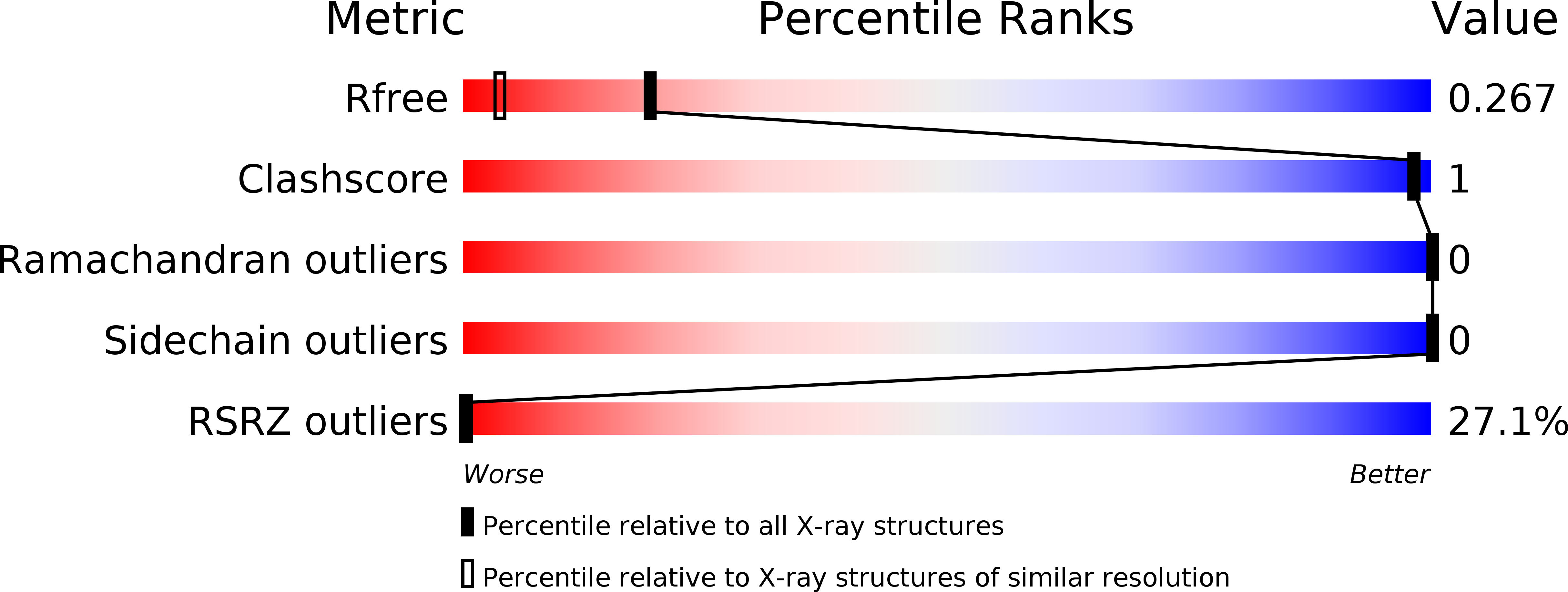
Deposition Date
2006-03-08
Release Date
2006-04-25
Last Version Date
2024-03-13
Method Details:
Experimental Method:
Resolution:
1.70 Å
R-Value Free:
0.22
R-Value Work:
0.21
R-Value Observed:
0.21
Space Group:
P 21 21 21


